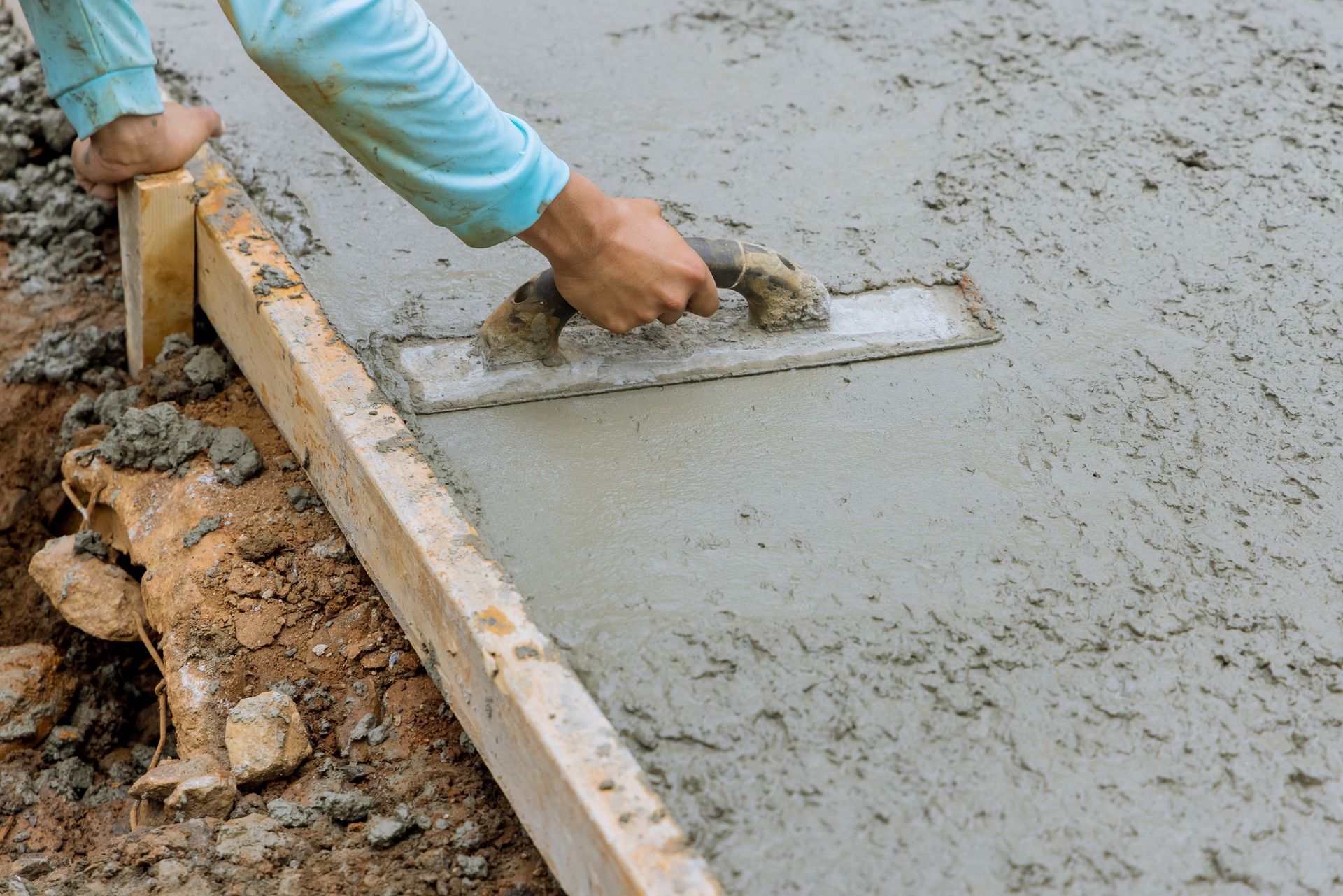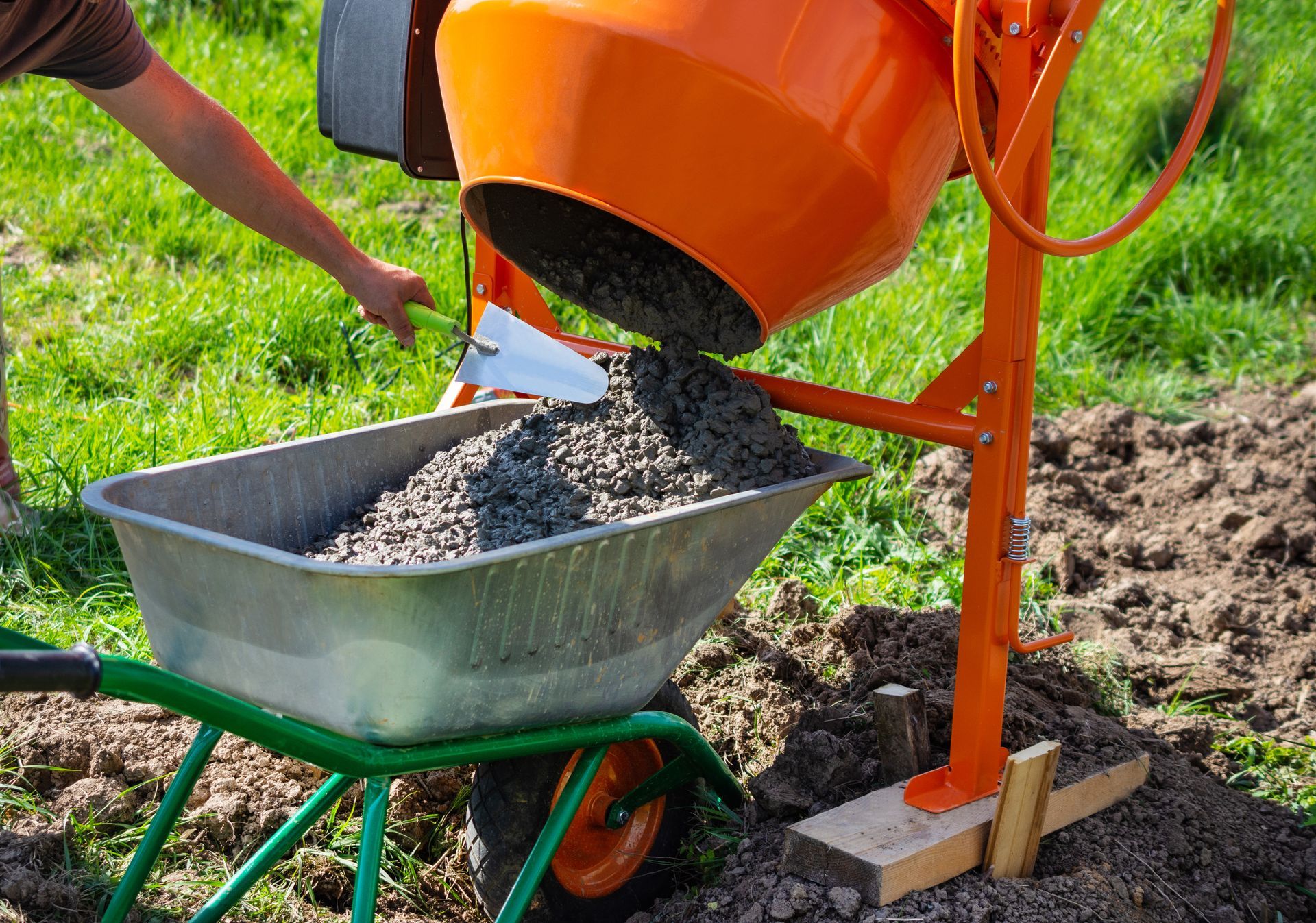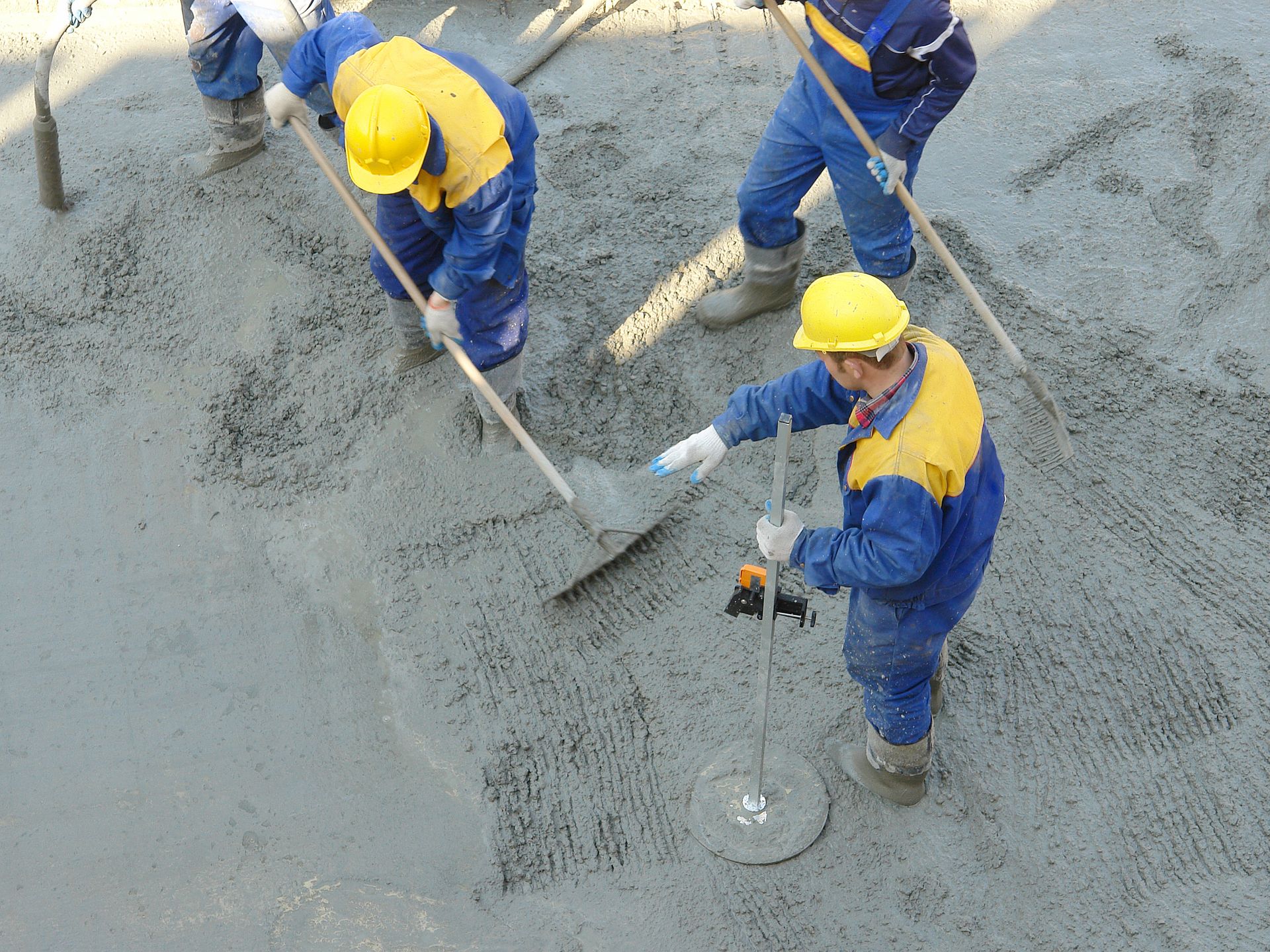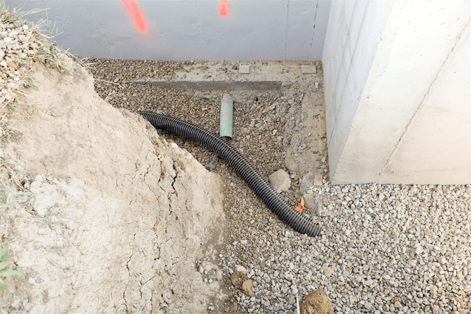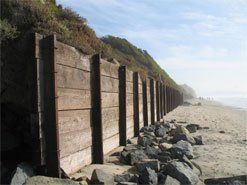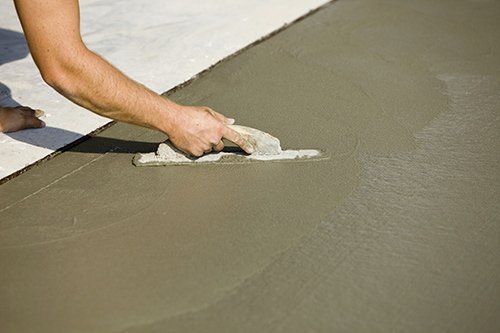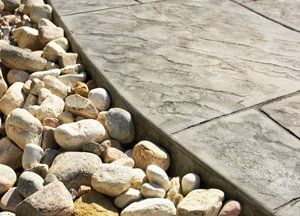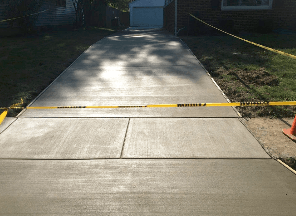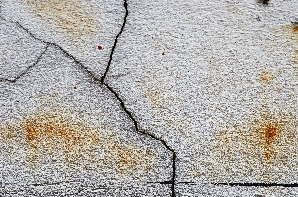PRECAST CONCRETE VERSUS READY-MIX: WHAT YOU NEED TO KNOW
Southport Concrete Corp. • July 20, 2018
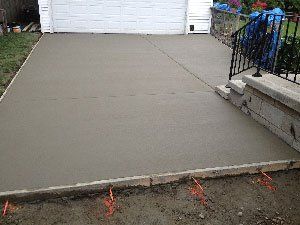
Concrete is one of the most versatile construction materials currently available. You'll find concrete used for everything from seawalls to countertops.
But not all concrete is exactly the same. When you choose concrete for a building project, you may have several options for the mixture contents and the laying process.
In this blog, we compare two common laying processes: precast concrete and onsite ready-mix pouring.
WHAT IS PRECAST CONCRETE?
Both precast and ready-mix concrete can contain the same elements. The primary differences between these two types of concrete are where they are created and how they are used.
As the name suggests, pre-cast concrete is laid in an offsite facility before the concrete is actually needed for the project. Contractors lay the concrete in specialized, reusable molds designed for the project at hand. Generally, the concrete is laid and cured at a precast plant facility.
Once the concrete cures, it's removed from the molds and transported to the construction site. This concrete product can be then used however it is needed.
Precast concrete has many of the same characteristics as ready-mix concrete, but it can be laid much thinner and more evenly because it's created in a highly controlled environment. Precast concrete can also be made to withstand more weight and pressure because of the specialized curing process.
WHAT IS READY-MIX CONCRETE?
The term "ready-mix concrete" describes the concrete that you may have seen being poured out of a truck or mixer. Ready-mix comes to the jobsite in a liquid state. Concrete contractors then pour the ready-mix and use hand tools to create a smooth or patterned surface texture.
Because ready-mix is poured directly where it is needed, this concrete doesn't require moving or further construction for use like precast concrete does. Ready-mix can be allowed to cure without constant supervision because minor structural flaws usually do not change the slab's load-bearing capacity when it's laid horizontally.
WHEN SHOULD YOU CHOOSE ONE TYPE OVER THE OTHER?
Both laying methods have their advantages and their drawbacks. So when would you use precast over ready-mix and vice versa?
In general, precast concrete is used more often on industrial and commercial sites. Precast concrete can be used to make boundary walls, building walls, and other vertical structures like high-rises and parking structures.
The advantages of the precast process include:
- Avoidance of common onsite cement issues like inclement weather or temperature fluctuations
- High levels of quality control due to the supervised curing process
- Shape versatility because the concrete molds can be made to suit the project
- Use versatility since the finished precast product can be moved and placed anywhere
Ready-mix concrete can be used on any type of project, but can only create flat, horizontal structures. For example, you'd use ready-mix concrete for parking lots, patios, and driveways.
The advantages of ready-mix laying include:
- Expedited project timeline since the concrete takes less time to lay and cures precisely where it's needed
- Lower initial cost than the precast method because use of a precast plant and of a shipping truck is not necessary
- Lower labor costs
The right laying process depends entirely on the project in question. Understanding your building options ensures that the end result is exactly what you envisioned, whether you're constructing a parking lot or a backyard patio. Both ready-mix and precast concrete methods, however, are best when supplied by experts who know how to navigate any potential complications that may arise.
Not sure which type of concrete you should choose for an upcoming project? Consult with Southport Concrete Corp. We offer a variety of concrete solutions
, including precast and onsite pouring options.
